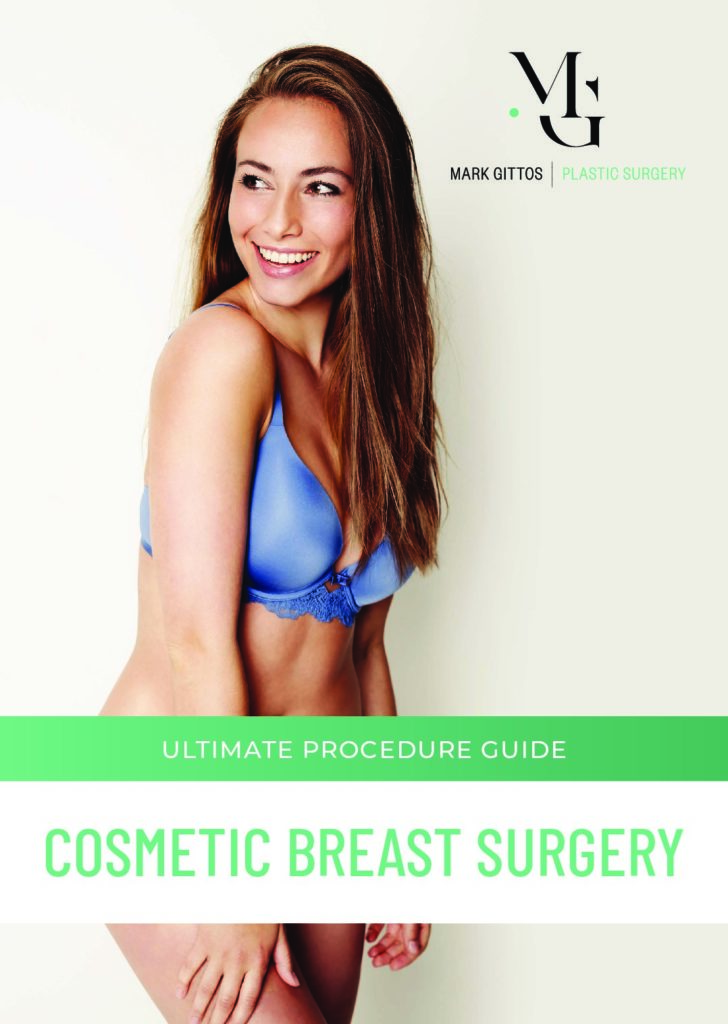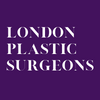What Recovery Exercises can you perform after a Breast Augmentation?
Learn more about the safe and effective recovery exercises that you can perform following your breast augmentation surgery.
Are you suffering from shoulder or chest tightness following your breast augmentation surgery? Do these discomforts prevent you from being productive at work or impair your daily activities? While they are normal and expected findings after a breast augmentation surgery, undergoing specific exercises can have a significant impact on your bodily function. The aim of exercising after breast reconstruction or breast implant surgery is to help restore your physical function and get you back to your activities of daily living. It may take some time to achieve a full recovery but the right postoperative exercises will help you improve your range of motion.
How do Recovery Exercises help following a Breast Augmentation?
Evidence suggests that certain exercises such as breast massage and implant displacement techniques can help prevent the formation of capsular contracture, a complication of breast implant surgery characterized by the formation of scar tissue around the implant. Several studies reported that these exercises prevent capsular contracture through the following mechanisms:
- By flattening the breast implant and increasing its surface area [1]
- By promoting anti-inflammatory displacement [2]
- By displacing the breast [3]

What Exercises are Safe following a Breast Augmentation?
It is important to keep in mind that the types of exercises you can perform after your breast augmentation surgery will be determined by your surgeon and will be based on your body anatomy, the extent of the surgical procedure, and your desired aesthetic goals.
In one study, researchers found that daily capsule expansion exercises involving 3 maneuvers performed twice daily following a breast augmentation were associated with a lower incidence of capsular contracture (28%). [4] This suggests that exercises are beneficial in the postoperative period.
What Specific Recovery Exercises can you perform during the Post Operative Recovery Period?
To prevent the development of stiffness and to improve the range of motion in your arm and shoulders, the following exercises can help:
Arm Swings
- Place your arms on your side.
- Rotate your arms in a circular motion while increasing the size of the circle.
- Do 5 repetitions every 2-3 hours.
Body Turns (Rotations)
- Cross your arms so that they are placed on your shoulders.
- Turn your head slowly to the left.
- Turn your head slowly to the right.
- Do 5 repetitions every 2-3 hours.
Shoulder Shrugs
- Relax your shoulders.
- Lift your shoulders toward your ears.
- Slowly relax your shoulders while bringing them down slowly.
- Do 5 repetitions every hour.
Shoulder Rolls
- Relax your shoulders.
- Roll your shoulders forward.
- Roll your shoulders backward.
- Squeeze your shoulder blades together while taking a deep breath.
- Do 5 repetitions every hour.
Shoulder Raise
- Put your fingertips onto your shoulders.
- Raise both elbows up to the side.
- Move your elbows forward in a circular motion.
- Aim to get your elbows at the level of your shoulder.
- Do 5 repetitions every hour.
Beach Pose
- Lie down on a flat surface.
- Place your fingers on your ears.
- Point your elbows toward the ceiling.
- Slowly lower your elbows.
- Do repetitions as desired.
Chest Stretch
- Stand up straight.
- Place your arms at your side.
- Slowly place your arms at your back.
- Aim to touch your hands together.
- Do repetitions as desired.
To keep the surgical pocket open so that the implant will drop into its ideal position and to prevent capsular contracture, the following exercises can help:
Upward Breast Implant Exercise
- Place your thumb and forefingers on the crease of the lower breast.
- Firmly grip the breast implants with both hands.
- Gently squeeze your forefingers and thumb to apply pressure on the implant and allow it to slide into the upper area of the surgical pocket.
- Continue to push the implant upwards toward the collarbone.
- Firmly press the top of the breast implants downward to return them to their original position.
Downward Breast Implant Exercise
- Place your fingers above your nipples.
- Firmly apply pressure to the breast implants with both hands using a downward motion.
- Continue to press until the implants slide down fully into the lower area of the surgical pocket.
- Firmly press the breast implants upward to return them to their original position.
Medial Breast Implant Exercise
- Place a cupped hand over the breast implant.
- Move the implant towards your midline.
- Slide the implant outwards.
- Return the breast implant to its original position.
- Repeat on the opposite breast.
When should you stop performing Breast Augmentation Exercises?
If you experience the following signs and symptoms, stop your breast augmentation exercises immediately and consult with your doctor or surgeon:
- Breast numbness
- Breast or nipple sensation changes
- Breast pain
- Breast swelling
- Difficulty breathing
- Difficulty moving the arm
- Difficulty performing the exercises
- Fluid accumulation (seroma)
- Increasing tightness around your shoulder
- Leakage of the breast implants
- Redness on the breasts or chest
Want to know more about post-breast augmentation exercises that will suit your body type and preferences? Send in an enquiry form below or call us today.
Download Mr Mark Gittos’ Guide to Cosmetic Breast Surgery

Further Reading about Breast Augmentation
Further Reading – Medical References:
- Hipps CJ, Raju R, Straith RE. Influence of some operative and postoperative factors on capsular contracture around breast prostheses. Plast Reconstr Surg. 1978;61(3):384–9. Retrieved from https://pubmed.ncbi.nlm.nih.gov/343127/.
- Graf R, Ascenço AS, Freitas Rda S, et al. Prevention of capsular contracture using leukotriene antagonists. Plast Reconstr Surg. 2015;136(5):592e–6e. Retrieved from https://www.ncbi.nlm.nih.gov/pmc/articles/PMC5749369/#B3.
- Riddle LB. Expansion exercises: modifying contracture of the augmented breast. Res Nurs Health. 1986;9(4):341–5. Retrieved from https://pubmed.ncbi.nlm.nih.gov/3643611/.
- Vinnik CA. Spherical contracture of fibrous capsules around breast implants. Prevention and treatment. Plast Reconstr Surg. 1976;58(5):555–60. Retrieved https://pubmed.ncbi.nlm.nih.gov/981400/.
Finding a Breast Augmentation Surgeon in London
For many women in United Kingdom, having breast augmentation is a life-changing experience. There are many qualified doctors, but it is always best to find one who is experienced in breast augmentation procedures. Breast implants come in many different shapes and sizes, and there are various insertion techniques, so find a reputable practitioner who can give good advice on the right implants for you. Before considering breast implants, it is wise to find a surgeon who is also up to speed with new non-invasive techniques for boosting the breasts, so you can investigate all the options before deciding on permanent surgical implants. Please avoid choosing a cheaper overseas option that lacks the ongoing support that a United Kingdom surgeon provides.
Always Look for an experienced surgeon that you feel comfortable with and get a second opinion.
About Mr Mark Gittos FRACS (Plast) – London Plastic Surgeons
Practice locations in London & Essex, UK and Auckland, New Zealand.
Mr Mark Gittos offers high quality, natural-looking cosmetic surgery results and is highly experienced in Breast, Body and Face Surgery having performed over 4000 Surgeries in the last 26 years.
With world-wide expertise Mr Gittos is an expert in breast, face and body surgery for men & women.
Mr Mark Gittos is a leading Specialist Plastic Surgeon and operates a practice in London UK and Auckland New Zealand. His practice focuses on both surgical and non-surgical procedures, each designed to help restore, improve or change a physical characteristic or problem. The first step in every case is to talk through your personal requirements and explore all the options, before deciding on the most effective solution.
Naturally, before any treatment is begun, we will explain clearly the advantages and risk factors; so that you have the information you need to make an informed decision that is best for you. Visit the practice to find out more.

NEXT STEPS
Do your Research
- Read the Website and Blogs relevant to your procedure
- Browse our Frequently Asked Questions including how to choose a Surgeon for your procedure
- Download the Guides to Surgery
What to Bring to your Plastic Surgeon Consultation
- Bring a friend or relative to help discuss the information and your choices
- Take lots of notes and read the documents provided thoroughly
- Want more information before scheduling your consultation?
Book your Initial Surgery Consultation
- A Referral from your GP or specialist is helpful but NOT essential – you can have a consultation without a GP Referral
- Email us or Call in London on 07557 858156 to arrange your surgeon consultation appointment.
- Secure your consultation with Mr Gittos by paying the Consultation Fee in advance
- A consultation with Dr Gittos is £195.
Please contact us to arrange to book a consultation or to speak with our Patient Care Advisor.
Send an enquiry form today or UK phone 07557 858156 during Clinic Hours
